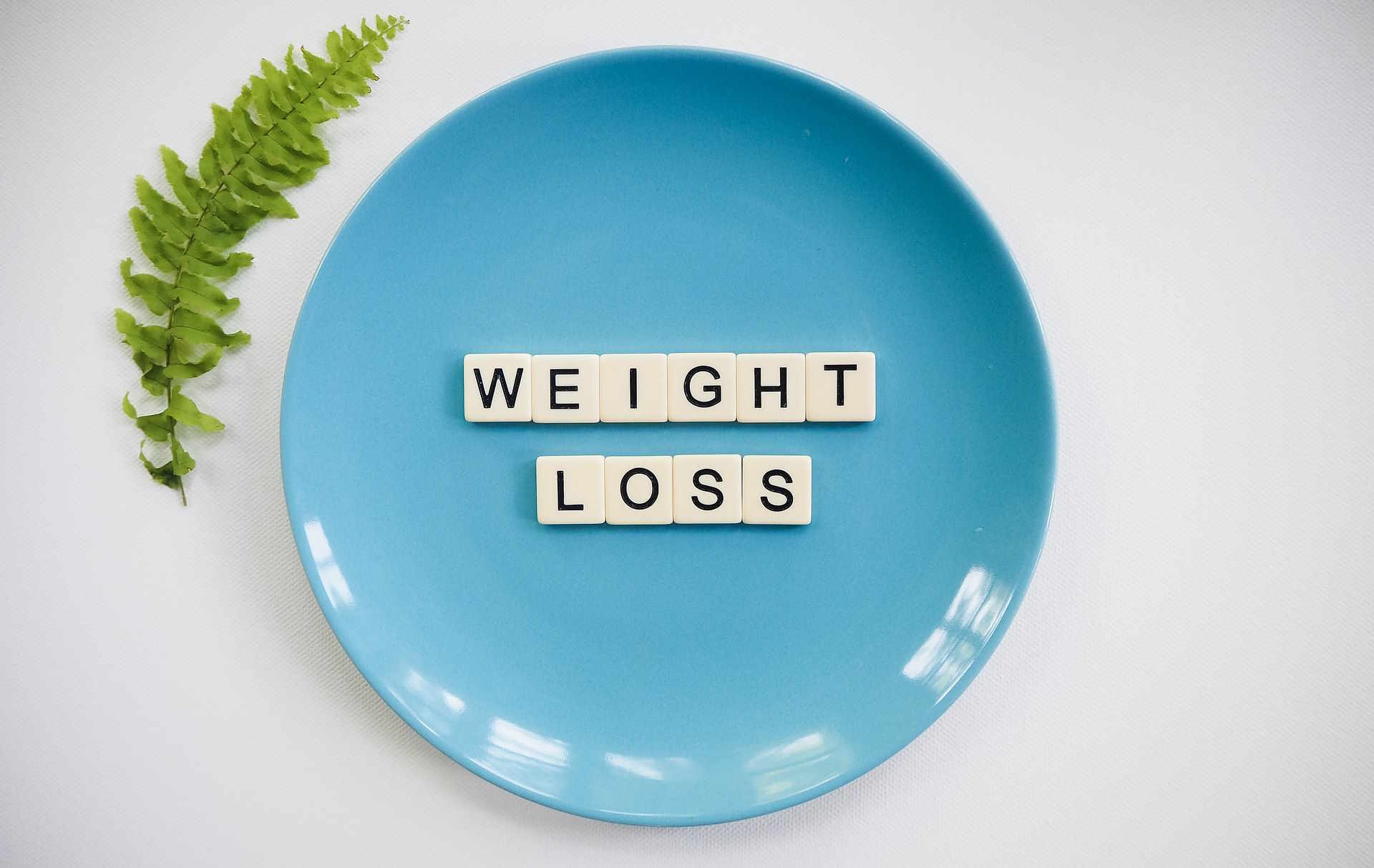Dental Insurance: Understanding Your Options for Oral Health Coverage
Dental insurance is a crucial component of comprehensive healthcare coverage, designed to help individuals and families manage the costs associated with maintaining good oral health. As medical insurance often doesn't cover dental procedures, having a separate dental plan can provide financial protection and encourage regular dental check-ups and treatments. This article will explore the ins and outs of dental insurance, helping you understand its importance, coverage options, and how to choose the right plan for your needs.

When you visit a dentist, you’ll usually pay a copayment or coinsurance, while the insurance company covers the remaining cost up to the plan’s annual maximum. It’s important to note that dental insurance often has waiting periods for certain procedures and annual maximums that cap the amount the insurer will pay out in a given year.
Why is dental insurance important for overall health?
Dental insurance plays a vital role in maintaining not just oral health but overall well-being. Regular dental check-ups and cleanings, which are typically fully covered by insurance, can help prevent more serious dental issues down the line. Furthermore, good oral health has been linked to better general health outcomes, including reduced risk of heart disease, diabetes complications, and other systemic conditions.
By making dental care more affordable and accessible, insurance encourages people to seek preventive care and address dental issues early on. This proactive approach can save both money and potential pain in the long run, as untreated dental problems often escalate into more serious and costly conditions.
What types of dental insurance plans are available?
There are several types of dental insurance plans available, each with its own structure and benefits:
-
Dental Health Maintenance Organization (DHMO): These plans require you to choose a primary care dentist from a network and typically have lower premiums but more restricted provider choices.
-
Preferred Provider Organization (PPO): PPO plans offer more flexibility in choosing dentists, with in-network providers offering the best rates. These plans generally have higher premiums but more comprehensive coverage.
-
Indemnity Plans: These plans allow you to visit any dentist without network restrictions but often come with higher out-of-pocket costs and require you to pay upfront and file claims for reimbursement.
-
Discount Dental Plans: While not technically insurance, these plans offer discounted rates on dental services for a membership fee.
Understanding these options can help you choose a plan that best fits your dental needs and budget.
How much does dental insurance typically cost?
The cost of dental insurance can vary widely based on factors such as the type of plan, coverage level, location, and individual or family coverage. To provide a general idea of pricing, we’ve compiled a comparison table of some common dental insurance providers and their estimated monthly premiums for individual coverage:
| Provider | Plan Type | Estimated Monthly Premium | Annual Maximum |
|---|---|---|---|
| Delta Dental | PPO | $30 - $50 | $1,000 - $1,500 |
| Cigna | DHMO | $20 - $30 | No annual maximum |
| MetLife | PPO | $35 - $55 | $1,000 - $2,000 |
| Humana | PPO | $25 - $45 | $1,000 - $1,500 |
| Guardian | PPO | $30 - $50 | $1,000 - $1,500 |
Prices, rates, or cost estimates mentioned in this article are based on the latest available information but may change over time. Independent research is advised before making financial decisions.
It’s important to note that while monthly premiums are a significant factor, you should also consider other costs such as deductibles, copayments, and annual maximums when evaluating the total cost of a dental insurance plan.
How to choose the right dental insurance plan?
Selecting the right dental insurance plan requires careful consideration of several factors:
-
Your dental health needs: Consider your current oral health and any anticipated procedures.
-
Provider network: Check if your preferred dentist is in-network for the plans you’re considering.
-
Coverage levels: Look at what percentage of costs are covered for different types of procedures.
-
Annual maximum: Evaluate if the plan’s annual maximum aligns with your expected dental expenses.
-
Waiting periods: Be aware of any waiting periods for specific treatments.
-
Premiums and out-of-pocket costs: Balance the monthly premium with expected out-of-pocket expenses.
-
Additional benefits: Some plans offer extra perks like orthodontic coverage or cosmetic procedure discounts.
By carefully weighing these factors against your personal needs and budget, you can choose a dental insurance plan that provides the best value and coverage for your situation.
Dental insurance is an essential tool for maintaining good oral health and managing dental care costs. By understanding the types of plans available, their costs, and how to choose the right coverage, you can make an informed decision that supports your dental health and financial well-being. Remember that investing in dental insurance and regular dental care can lead to significant savings and better health outcomes in the long term.





